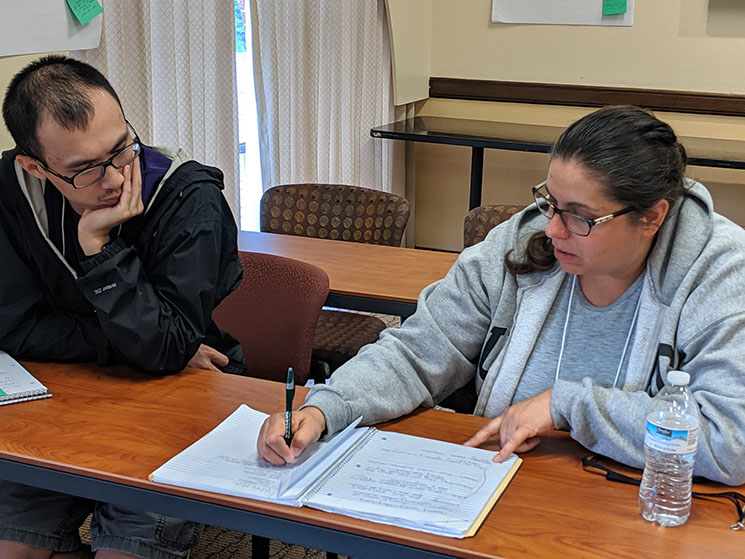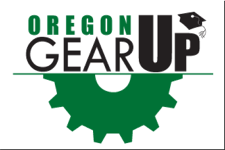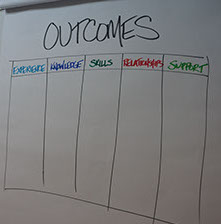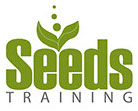


Work Process
Most of a teachers role will be in the facilitation of the PBL. It's not our job to do the work, it's our job to enable students to work in a way that is productive and value-creating.
This requires us to create some scaffolding, structure to the process:
1. Context
See the 5 contexts.
Choose a context: local, global, personal, future or imaginary
2. Outcomes
Identify key ideal and potential outcomes using the Outcomes table.

3. Measurements
How will we determine of this project is a success?
Options: testing, duration, sustainability, product completion, hand-off, show/performance, exhibit, presentation, voting, competition, panel of experts
4. Work Flow
Introduce small chunks of work and work in short iterative cycles.
5. Time Management
Consistently give intentionally short periods of time in which to work. This will drive productivity, stimulate leaders to emerge, challenge them to make tough decisions, provoke key mistakes to deepen learning and ensure that progress occurs.
6. Checkpoints & Report-Outs
After each chunk, create a checkpoint. A checkpoint is a gathering point where everyone comes back together. Three great things can happen at these checkpoints:
A. The facilitator/teacher can introduce the next work chunk and timing.
B. Students can deliver report-outs, small presentations that will allow everyone to learn from each others work.
C. Give feedback and acknowledgment.
7. Deliverables
PBL is unique in that the learning is no longer theoretical. The goal isn't to take a test, it's to produce something of value. A good PBL process will include multiple opportunities to produce a variety of work related deliverables. For example, teams should be encouraged to output something for each report-out. A poster, a slide show, a song, a music video, an architectural model. The more variety, the higher the challenge, greater the ownership and the more learning modalities you will engage.
8. Stimulants
The duration and intensity of a project will challenge the students to maintain their energy and productivity. When those two things wane, be prepared to stimulate the process. this is a great place to introduce game dynamics and tweak some of the variables in the process.
Examples: re-assign roles within the teams, trade team members amongst project teams, change an output requirement, accelerate a time-frame, introduce a tangible incentive, introduce a new resource or tool, bring an expert speaker on a specific subject related to the work
9. Constraints
Introduce constraints throughout the process to make sure resources are being utilized and appreciated.
Examples: remove the use of tech for 3 days, work may only be delivered in hand-written form, operate in a second language
10. Disruptions
Plan your work process in full awareness that disruptions will occur. School holidays, testing periods, sport and club activites...all may take students attention away and that's ok. Plan for it and use facilitation tools to maintain momentum even over breaks.
Examples: Over school holiday research 3 things that will help your project. At the next big game, put up a sign about your project and solicit the public to see if any local experts can help.
11. Ending
Even future context projects that are intended to have a legacy need an ending point. Students will benefit from clear beginnings and clear endings. Make your project finite and facilitate a debrief at the end to capture key learning points. Document the learning in a deliverable like a blog or website. If a project needs or wants to continue, declare a new starting date for phase two at the ending/closing debrief.
info@seedstraining.com
T: +1.866.725.3563
Copyright Seeds Training
